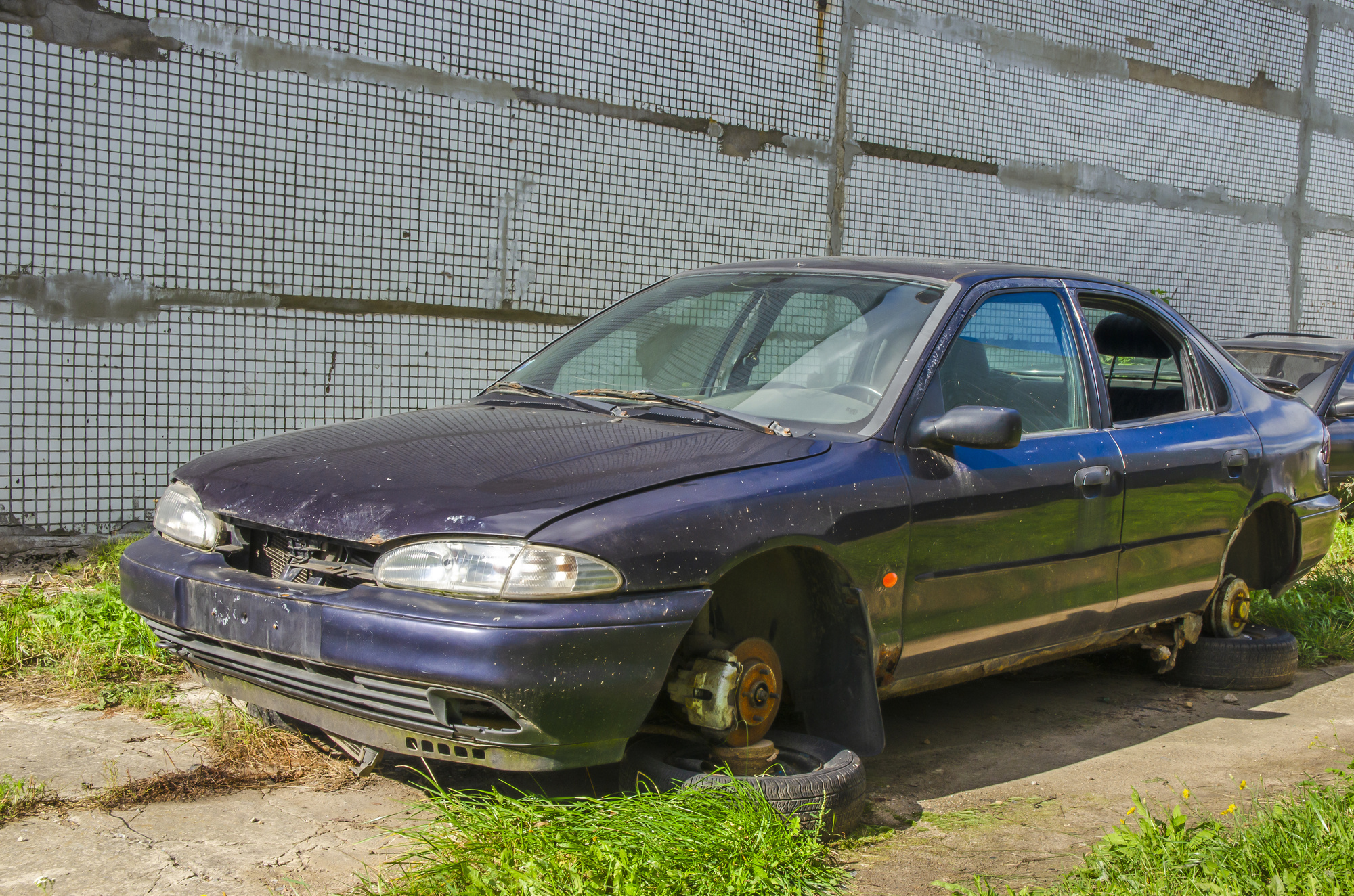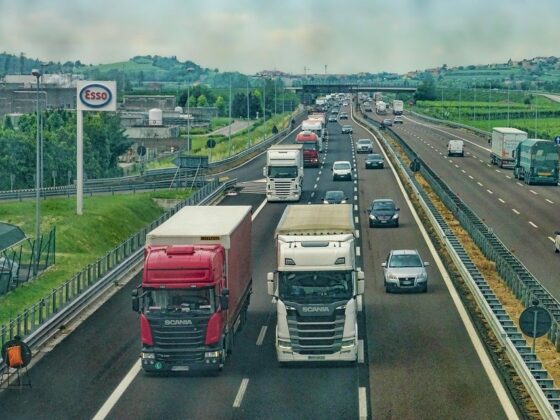Are you choosing a career as a commercial driver? If so, you’ll need to obtain your Commercial Driver’s License (CDL) first. But did you know that CDL licenses depend on the type of vehicle and cargo you will be transporting?
In this blog post, we’ll take a closer look at the main types of CDL licenses and what they allow you to drive. Whether you’re just starting or looking to expand your driving skills.
Read on to learn more about the different options available for obtaining your CDL license.
Class A CDL License
A Class A CDL is the most comprehensive and allows a driver to operate motor vehicles weighing at least 26,001 pounds, in addition to towing vehicles that weigh 10,001 pounds or more.
It is also sometimes required for drivers of oversized vehicles, regardless of weight. With a Class A CDL, you can transport hazardous materials and drive any combination of vehicles.
To receive a Class A CDL, you must meet the requirements of your state and have the necessary endorsements on your license.
Class B CDL License
A Class B license is issued to permit an individual to drive a vehicle over 26,001 pounds. Examples of vehicles that require a Class B CDL license are dump trucks, tow trucks, garbage trucks, buses, and box trucks.
To receive a Class B CDL license, applicants must pass a general knowledge and combination vehicle test, a pre-trip vehicle inspection test, and must also demonstrate their driving ability with either the vehicle they intend to operate or a similar one.
The license must be renewed every 5 years, though the required skills test is not necessarily required each time.
Class C CDL License
Class C CDL licenses are for operating vehicles designed to transport 16 or more people, or placardable hazardous materials, including any single vehicle with a GVWR less than 26,001 and any vehicle towing a trailer that is less than 10,001 pounds.
With a Class C CDL, you may also operate certain combinations of vehicles that do not meet the criteria for a Class A or B license. The vehicle must be made after July 1996, and the driveline must be diesel.
Requirements for Obtaining a CDL License
To obtain a commercial driver’s license (CDL), applicants must be at least 18 years old (21 for interstate commerce) and have a valid state-issued driver’s license. Applicants must also pass a written exam, as well as a skills test that varies depending on the type of vehicle they wish to operate.
Those wishing to operate a tractor-trailer combination must take the Combination Vehicles test, which consists of a pre-trip inspection, basic controls test, and road test.
The pre-trip inspection tests an applicant’s knowledge of vehicle components and their function, while the basic controls test covers proper use of the clutch, brakes, steering, and gears. The road test requires applicants to demonstrate their ability to safely maneuver the vehicle in various traffic situations.
Those who wish to drive a school bus must first pass the School Bus endorsement test in addition to the CDL written exam and skills test. The School Bus endorsement test covers topics such as loading and unloading passengers, emergency exits, and evasive maneuvers.
Cost of Obtaining a CDL License
There are a few different types of CDL licenses, and the cost of obtaining each one varies. The most common type of CDL license is the Class A license, which allows you to operate any vehicle with a gross vehicle weight rating (GVWR) of 26,001 pounds or more.
The cost of obtaining a Class A CDL license varies from state to state but is typically around $200. The next most common type of CDL license is the Class B license, which allows you to operate any vehicle with a GVWR of 26,001 pounds or more.
The cost of obtaining a Class B CDL license also varies from state to state but is typically around $100. The last type of CDL license is the Class C license, which allows you to operate any vehicle with a GVWR of less than 26,001 pounds.
The cost of obtaining a Class C CDL license also varies from state to state but is typically around $50.
Benefits of Obtaining a CDL License
A CDL license also demonstrates to potential employers that you have the skills and training necessary to operate a large+ vehicle safely. This can give you a leg up when applying for jobs in the transportation industry.
Another benefit of having a CDL license is that it can lead to higher earnings. Commercial drivers typically earn more than those who only have a regular driver’s license. And, as your experience grows, so too will your earnings potential.
So, if you’re interested in pursuing a career in the transportation industry, obtaining a CDL license is a great place to start. Numerous benefits come with holding this type of license, from increased job opportunities to higher earnings potential.
Testing and Training Requirements
Testing and training requirements for each type of CDL license vary by state. Drivers must take and pass a written knowledge test and a skills test, which includes a road test.
Class A CDL License: To get a Class A CDL license, you must pass a written exam and a skills test. The written exam covers general knowledge, such as traffic laws and signs, and the skills test covers specific skills related to driving a Class A vehicle and so on.
Specialized training may be required for certain types of vehicles. Makes sure to get a CDL passenger endorsement ELDT training to comply with state requirements.
Explore the types of CDL Licenses Today
From Class A combination vehicles to hazardous materials, the main types of CDL licenses offer a range of capabilities needed in the transportation industry.
For those in search of a career in the transportation industry, be sure to learn more about the requirements needed to obtain a CDL License. Start today and unlock new opportunities!
Did you find this article helpful? Check out the rest of our blogs!












